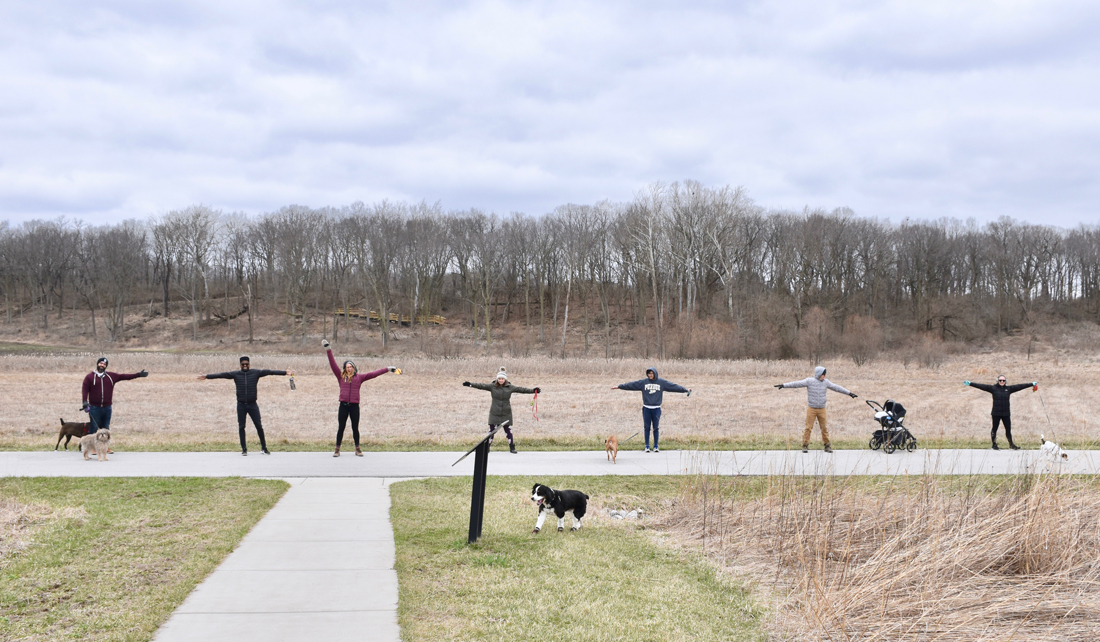
The COVID-19 pandemic has people all around the world staying indoors, whether out of personal choice to avoid the risks or because of government-enacted “shelter in place” policies like those in Illinois and Indiana. But being inside for long periods of time can drive some people stir crazy.
Love this episode and want to hear more in the future? Subscribe on Apple Podcasts or Spotify, or use the RSS feed in your favorite podcast player.
If you have questions you want answered about the Great Lakes, reach out to @TeachGreatLakes on Twitter or contact Stuart Carlton.
Illinois-Indiana Sea Grant is a part of University of Illinois Extension and Purdue Extension.

